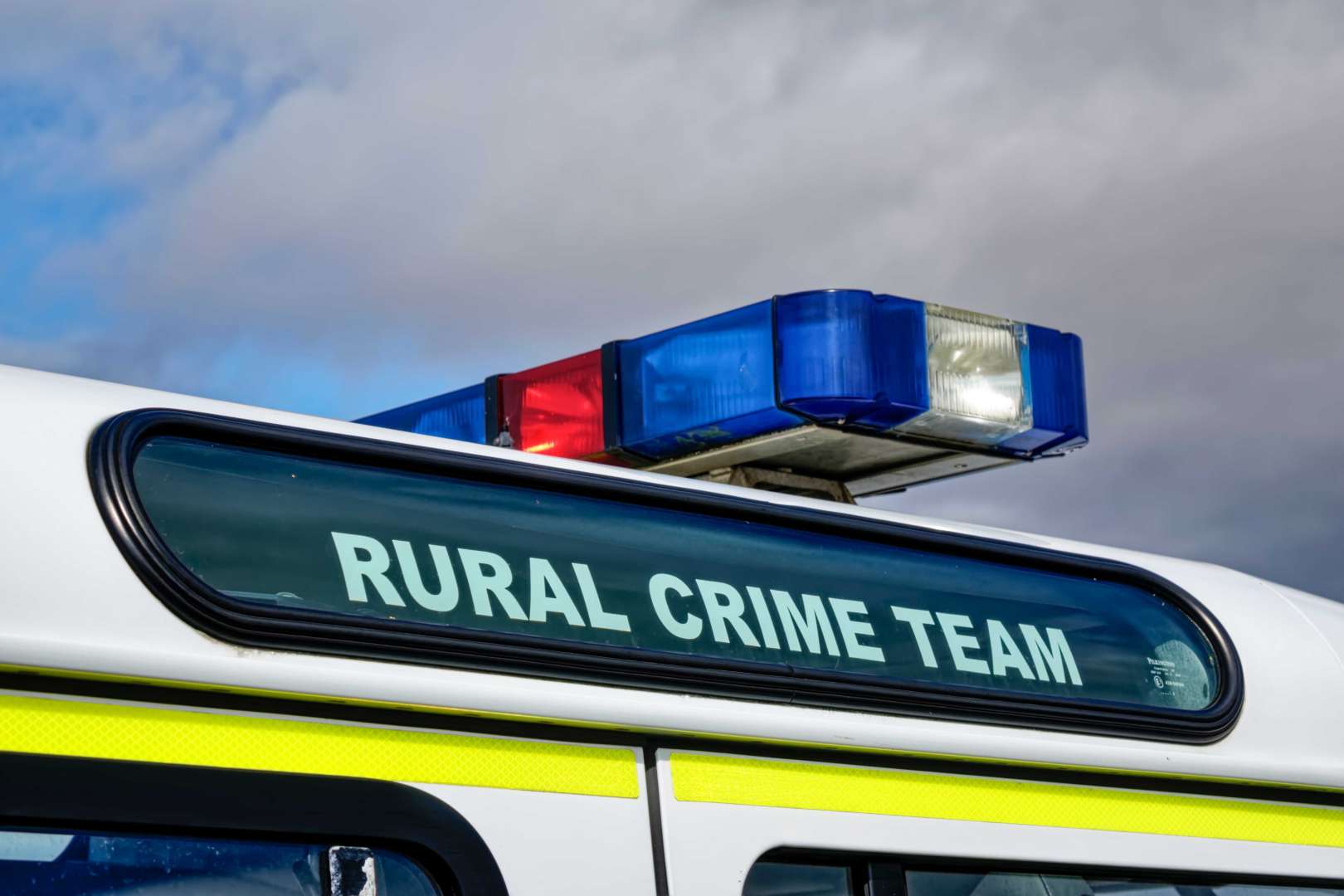Budget 2025: What it means for the countryside
Yesterday (26 November) the Chancellor of the Exchequer rose to deliver a...
View Details
There is nothing the media loves as much as stories about strange and sometimes dangerous animals roaming the countryside. Big cat sightings were a staple for many years, but now journalists do not have to rely quite so much on mythical felines as people have taken to releasing all sorts of species across rural Britain. This week wild boar are in the papers as a dog walker and a rider have reported frightening encounters with boar on Dartmoor. Last month it was lynx which were being illegally set free in the Highlands and last week the government folded to the ‘beaver bombers’ who have been letting beavers loose and said it would be issuing licences for the release of the rodents in England. Meanwhile, pine marten are being released under licence as well as turning up in strange places, and legitimate reintroductions of great bustards, sea eagles and other species continues.
Whilst there is speculation that the wild boar on Dartmoor may have been ‘illegally freed by re-wilders’, boar have been spreading out across Devon for many years. They originated from boar released by animal rights activists from farms in North Devon in the 2000s. The boar actually tend to have a mixed pedigree having been crossed with domestic pigs, but as anyone who has ever dealt with an angry adult pig knows, that does not necessarily make them any less aggressive. Wherever the Dartmoor wild boar came from they are part of a growing UK population with significant numbers in the Forest of Dean, Kent and Sussex, Dorset, Dumfriesshire and North West Scotland amongst other places.
Despite the odd angry boar and their propensity to dig up lawns and farmland, the wild boar’s spread has been relatively uncontroversial. This is largely because their status allows them to be culled with a suitable firearm at any time. Broadly speaking that means that where populations grow and they come into conflict with humans they are culled, and where they do not they are largely allowed to get on with life. For instance, Forestry England culls hundreds every year in the Forest of Dean to keep the population at a sustainable level that does not impact significantly on local people.
As the fashion for reintroductions spreads, however, it is a worry that other species have a different status. In Scotland, where beavers have been living wild for some time, they are protected but it is possible to get a licence to cull them to prevent crop damage or for some other reasons. Predictably the issuing of licences has come under legal attack from environmental and animal rights groups. As beavers become more common in England and Wales the same issues will undoubtedly arise. As for the lynx there are, as yet, no legal reintroductions, and without assurances that there will be an accessible option for managing any populations that are predating livestock then opposition from the farming community will remain fierce.
There is plenty of room for species like beaver and lynx in the countryside and lethal control should only be a backstop, a last resort, in the management of any species. If it is not an option, however, many involved in farming and land management will perfectly legitimately continue to oppose the reintroduction of species like the beaver and the lynx at both the local and national level.

Yesterday (26 November) the Chancellor of the Exchequer rose to deliver a...
View Details
The Countryside Alliance says rural crime is outpacing policing, with rising...
View Details
If you have ever seen a wildcat in the British countryside you are very lucky....
View Details